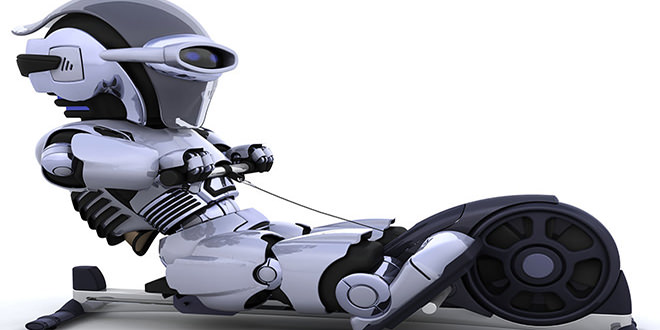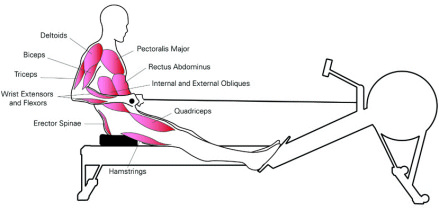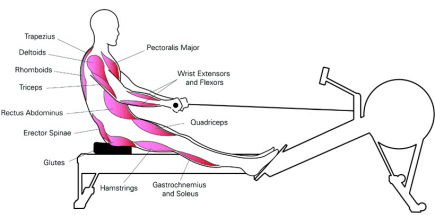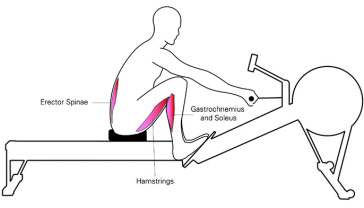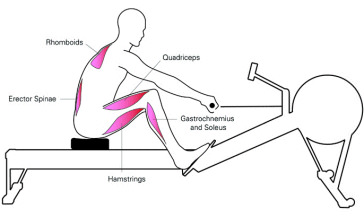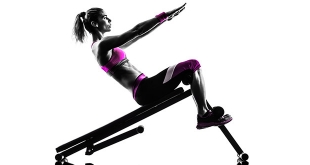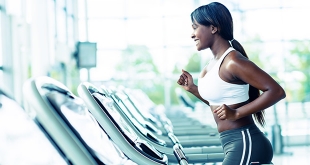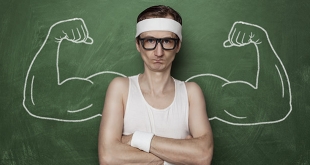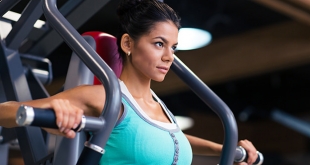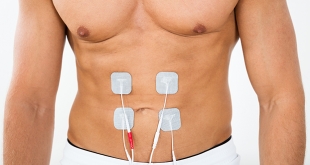As you know, rowing machines are simple yet versatile pieces of home gym equipment. Many people consider them as the best cardio exercise machines. Rowing machine workouts are great for training and toning all important muscle groups in your body. I already mentioned some benefits of rowing machines in the article Rowing Machines as Home Gym Equipment, so I suggest reading of that article too.
Rowing exercises by using rowing machines could be better than the outdoor rowing. Instead of working with the resistance exerted by water, when using a rowing machine, you can select the desired resistance by simply adjusting the machine’s settings. That can help you to adjust resistance according to your fitness goals or your current stamina.
Whether you’re indoor or outdoor, the posture and movements remain the same and it’s not hard to learn how to use rowing machine on the proper way. Most rowing machines come with instructional videos or exercise guides, so I suggest that you get through it before your first exercise session. Remember, this is an essential step in avoiding injuries, as used improperly the rower can harm muscles in your back and can put extra stress on joints. Alternatively, you can watch these official videos for the proper use of the probably the best rowing machine on the market – Concept2 Rowing Machine.
Start Using Rowing Machine
Correct Rowing Technique
Rowing with Greater Intensity
Common Rowing Technique Errors
The key of the effectiveness of rowing machines lies in the ability of raising the heart rate while forcing your muscles to use their entire potential. That’s why is very important to set the correct resistance, because that will determine effectiveness of your exercise sessions.
Given below are some explanations regarding the way rowing machines work the upper and lower body, so take the time to read them to find out how a rower can be beneficial to your body.
What muscles are targeted by rowing machines?
Rowing uses muscles in your arms, shoulders and back as much as it uses your lower body. When you pull the handle that will contract your latissimus dorsi muscles and that will work your back. In addition, because your biceps and triceps share part of the workload, your arms will also benefit from that exercise.
Shoulders and arms are toned and straightened while moving to the bent-arm position and keeping the arms away from the body, in the abducted position. This movement also involves the deltoids, which means that it will target your upper back as well.
As for the core area, it is trained mostly during the repetitive movements that require a contracted abdomen and lower back. You may think the glutes, legs and arms are doing all the work but the truth is unless your core is contracted and your back is kept in the right position, the results of this exercise can be compromised.
Finally, the butt and legs are the ones that initiate the movements so they’re intensely trained by these workouts. The rowing movement begins with legs bent and arms extended, but as the seat slides on the frame, legs become almost fully extended.
Glutes are contracted during the workout, knees remain slightly bent even during the drive phase – the first movement, in which you’re pushing your legs and pull the bar. The recovery phase of the rowing motion involves moving your arms and hands back towards the initial position – your knees should bend but your back needs to remain straight and slightly leaned back.
Sample of rowing machine workouts
To get the most of your rowing workout you should start with a lower resistance level so that your body adapts to the new exercise. Try to keep a comfortable rhythm until you feel you can push your body harder and increase the interval with 2-3 minutes per session as muscles become stronger and stamina improves.
Try not to exceed 15 minutes during the first weeks and increase to 20-30 minutes after 5-6 weeks, but try to increase the resistance level at the same time. The key in training and toning your body with the rower is to use a steady pace and a comfortable resistance.
To maximize the effects of this exercise you can do HIIT (high intensity interval trainings) by alternating rhythm. Please read the article How to perform HIIT on your rowing machine for more information.
Generally, start with a 5 minutes warm up session, then row for 1 minute using an accelerated rhythm and 1 minute at low intensity. Increase the high intensity workout time to 2, 3, 4 or 5 minutes, then decrease to 4, 3 or 2 minutes. This routine should last for maximum 35 minutes in advanced users and for 20 minutes in intermediates and beginners.
Remember, rowing is a cardio workout at the first place, so it’s not just about building muscles, although this is one of the extra benefits of the rowing machines. Your main goal while working out on rowing machine should be to increase the heart rate, oxygen uptake and boost your metabolism.
For more info about lower body workouts, please read the article – rowing machine workouts for legs and buttocks.
 Best Home Gym Reviews and Tips for Your Home Gym
Best Home Gym Reviews and Tips for Your Home Gym
